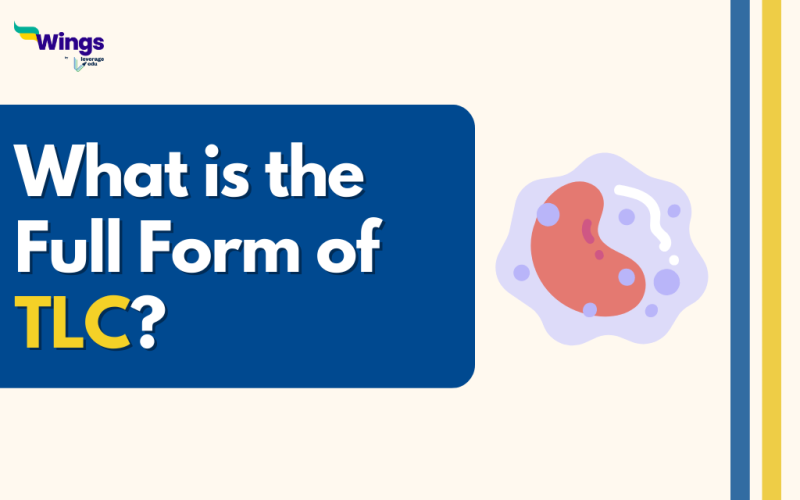The full form of TLC is Total Leukocyte Count. It refers to the measurement of the total number of white blood cells (leukocytes) present in a given volume of blood. Leukocytes are an essential component of the immune system and play a crucial role in defending the human body system against infections, diseases, and foreign substances.
A TLC test is a standard laboratory test performed as part of a complete blood count (CBC) analysis. It provides information about the overall quantity of white blood cells (WBC) in the bloodstream and is expressed as the number of cells per microliter (µL) or cubic millimetre (mm³) of blood.
Normal Range of TLC
The normal range for TLC or WBC count can vary depending on factors such as age, sex, and individual health conditions. However, in general, the normal range for adults is typically between 4,000 and 11,000 white blood cells per microliter of blood.
Also Read: Body Fluids and Circulation Class 11 Study Notes
Types of WBC
There are five types of leukocytes or white blood cells.
Neutrophils
Neutrophils are the most abundant type of white blood cells and play a critical role in the innate immune response. They are primarily responsible for fighting bacterial infections. Neutrophils are phagocytes, meaning they engulf and destroy foreign particles and microorganisms.
Lymphocytes
Lymphocytes are a diverse group of white blood cells that are crucial for adaptive immune responses. There are three main types of lymphocytes: T cells, B cells, and natural killer (NK) cells. T cells play a central role in cell-mediated immunity, B cells are responsible for antibody production, and NK cells are involved in identifying and killing abnormal cells, such as cancer cells or cells infected with viruses.
Monocytes
Monocytes are large white blood cells that circulate in the bloodstream and are involved in both innate and adaptive immunity. They are phagocytic cells that engulf and destroy pathogens and debris. Monocytes can differentiate into macrophages or dendritic cells when they migrate to tissues, where they continue their immune functions.
Eosinophils
Eosinophils are a type of white blood cell that plays a role in the immune response against parasitic infections and allergic reactions. They are particularly effective against parasitic worms and are involved in modulating inflammation.
Basophils
Basophils are the least numerous type of white blood cells. They release chemical mediators, such as histamine, in response to allergens or other triggers. Basophils are involved in allergic reactions and can contribute to the defence against certain parasites.
This was all about TLC full form. Visit our Full Form Page to discover more intriguing articles about full forms. You can also check out the consolidated 300+ full forms list!
 One app for all your study abroad needs
One app for all your study abroad needs













